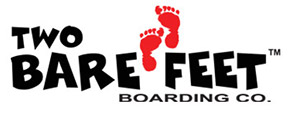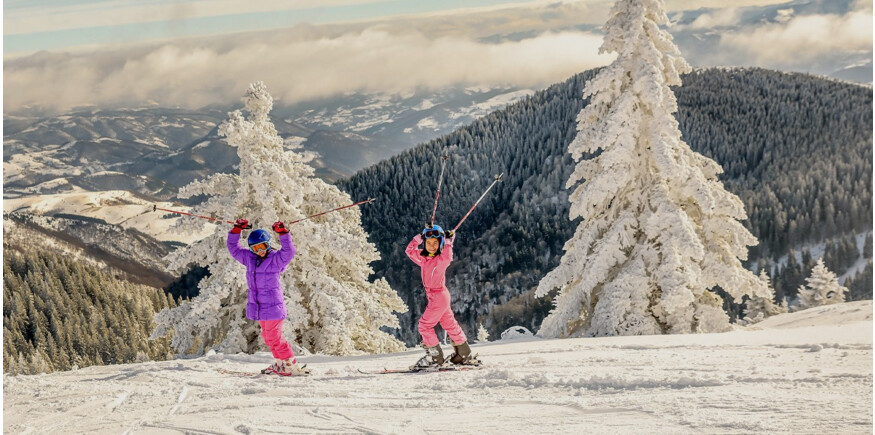The most important part of dressing children for skiing or snowboarding is to help them stay safe, warm, and dry. Nothing quite puts a dampener on a ski trip like being cold and wet, while traipsing up and down a mountain.
Retain body heat with insulating layers
Layering the right clothing helps trap body heat. Outfits can also be adjusted to suit changing conditions and body temperature.
Skiing and snowboarding are high-energy activities, which can quickly raise body temperature and make it necessary to remove a layer. However, sitting still on an exposed ski lift can be chilly, so you may need to replace the removed layer and conserve heat at the end of a run.
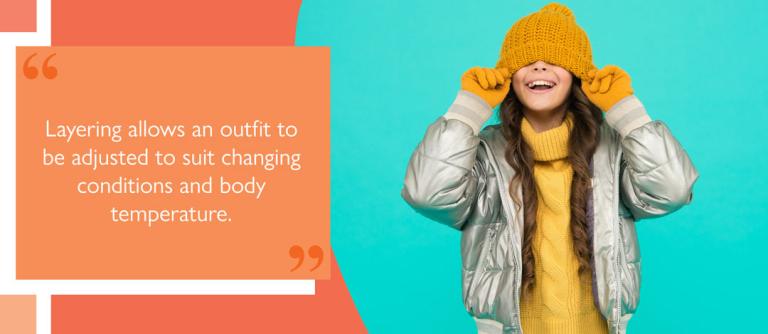

Wearing thermal underlayers
An insulating base layer worn next to the skin should be made from breathable, moisture-wicking material such as wool. Avoid cotton as it tends retain moisture, saturating the material. This makes the wearer feel clammy and uncomfortable.
Thermal leggings and long johns are best for insulating the lower half of the body. Looser trousers can be worn. However, these tend to bunch and catch beneath outerwear.
Depending on how warm you want to be, upper body base layers can be varied. T-shirts, long-sleeved shirts, and turtleneck-style tops will all work.
Socks are an important part of ski clothing. Ski socks tend to be longer and tighter to stay securely in place above boots and insulate more of the leg. They are available in light, medium, or heavy material and volume. Some ski socks are reinforced to prevent abrasion.
Skiing mid layers
Weather forecasts determine mid-layer choices. Warmer days may only need a thin mid layer, such as a light fleece or jumper. Heavy wintery weather may require a thick mid layer, such as a heavy knit wool jumper, or two medium layers.
Personal preference will also come into play. Some find it more comfortable to only wear a base layer beneath snow trousers, while others find a pair of ordinary trousers or tracksuit bottoms beneficial on particularly cold days.
Besides the additional warmth, a layer of ordinary clothes beneath outer skiwear makes it more comfortable to take breaks in cafes or restaurants, and for après ski activities.
Waterproof outer shell
Bright-coloured outerwear is best for children on ski slopes as they are easier to spot in the snow. This is important in case of injury or emergency.
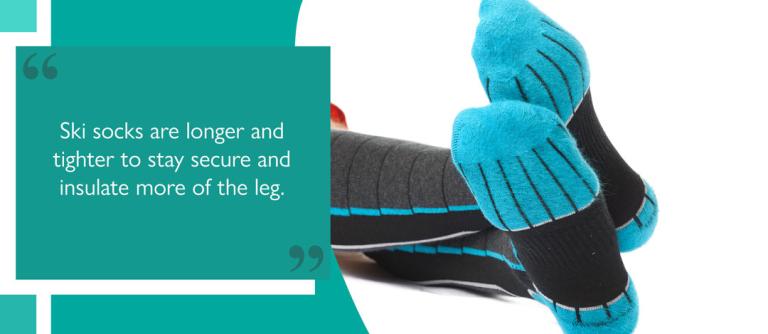

Ski jackets
Some ski jackets may include a warming inner layer. Most are designed as weatherproof shell jackets. They need to be both waterproof and breathable, to vent moisture that builds up from sweat.
Ski jackets sport features absent from winter jackets, such as sleeve pockets for ski passes. A snow skirt will keep snow spray out of the jacket’s interior, even in the event of a fall. Detachable or stowable hoods preserve a skier’s aerodynamic profile and prevent snow from collecting.
Snow trousers and salopettes
Children and adults spend a lot of time sat in the snow, especially when learning, so waterproofing is essential. Some snowboard trousers contain built-in seat and knee padding to reduce bruising.
Suspenders (fixed braces) on snow trousers hold them in place beneath layers. This helps to keep snow out, even in the event of a fall or slide.
Safety items for skiing children
Helmets are an essential ski safety item, especially for children. The fit should be tight, with no wobble when shaking or nodding the head, to ensure it stays in place while moving at speed. The helmet should sit level and rest about two inches above the eyebrows for best coverage.
Another essential is a reliable pair of ski goggles. They ensure clear vision, protect from the elements, and prevent UV damage. Different colour tints on ski goggle lenses help in different light and weather conditions.
When children are learning to ski or snowboard, knee and elbow pads and wrist guards can also help protect against the most serious injuries commonly sustained in falls.
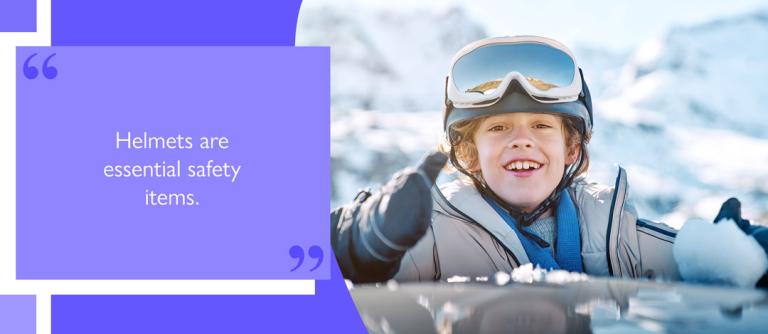

Cold weather accessories
Standard cold weather gear, such as a warm hat and scarf, should not be discounted. Though hats will likely be carried in pockets, as helmets are close-fitting enough to be insulating, they are useful when not wearing a helmet.
Neck gaiters are sometimes preferred over scarves as they are less likely to unravel or feel bulky beneath a ski jacket. A gaiter can also be pulled over the lower face to protect exposed skin. For extra cold climates, a full balaclava or skiing hood is a worthwhile addition.
Ski gloves are essential for keeping hands warm and are usually waterproof and more durable than ordinary wool or synthetic winter gloves. The additional robustness helps protect hands in the event of a slip or fall.
Children’s snow clothing
With quality children’s ski wear from Two Bare Feet, your children can focus on having fun in the snow while remaining safe, warm, and dry. Suitable and affordable for even the fastest-growing kids, our gear guarantees a combination of reliable waterproofing and breathability.
Get the whole family ready to make the most of the mountain by shopping our snow range today.
